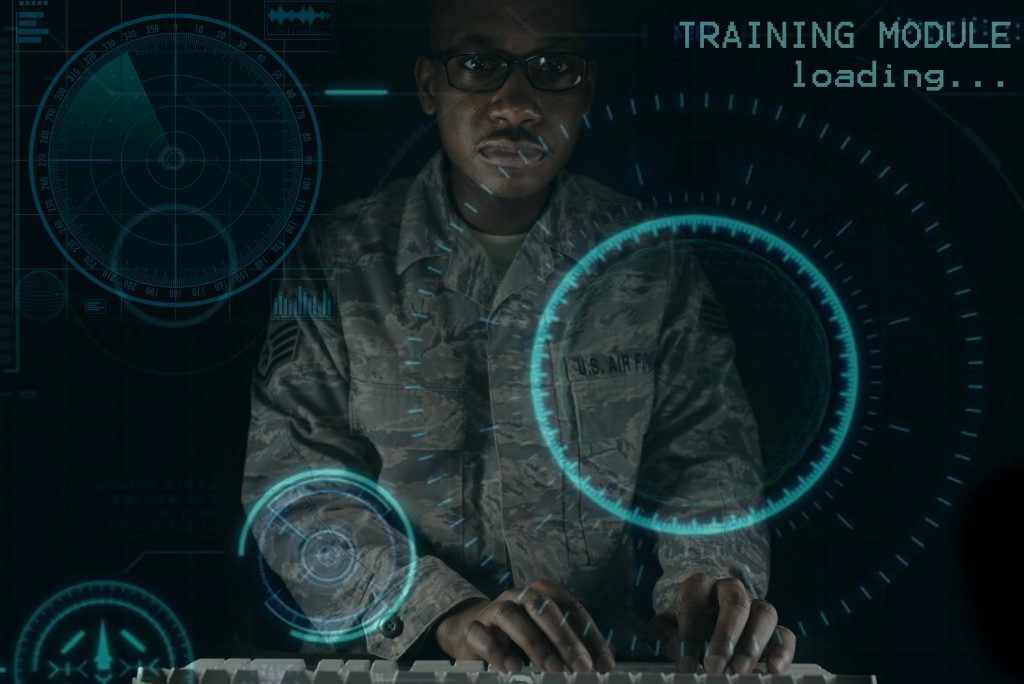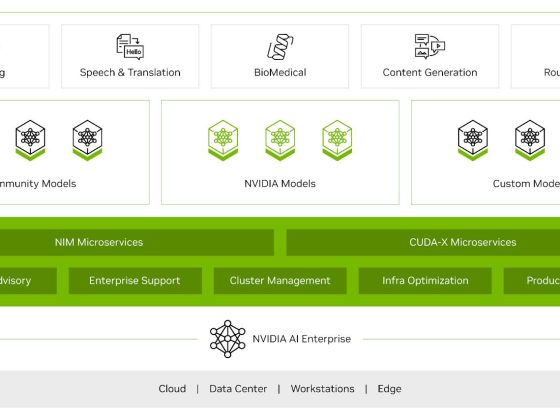Artificial Intelligence (AI) is permeating across various sectors. This includes even the defense sector.
With this, it is important to identify the implications of this rising technology in our current way of handling national security and what must be done in order to ensure that the nation remains safe if AI continues to assert domination.
From our partners:
This matter is the central issue in the published book, The Department of Defense Posture for Artificial Intelligence, made by the RAND Corporation as mandated by the US Department of National Defense (DoD).
If you want to read the book, you may download the free ebook. Here, we will discuss the main points.
What is the state of AI relevant to the DoD?
While not relevant only to the DoD, the current state of AI verification, validation, test, and evaluation (VVT&E) is not that reliable in ensuring the safety of AI applications. For DoD which deals with safety-critical systems on a daily basis, this lack of reliability may pose serious problems.
A primary hurdle along the way is the fact that a lot of AI methods are created with commercial use in consideration. The security demands of DoD are greater, needless to say.
What is the DoD’s current posture in AI?
The Joint Artificial Intelligence Center (JAIC) was established by the US DoD in order to aid in leveraging the power of AI. The target of JAIC is to accelerate the delivery and adoption of AI to achieve impact at scale.
However, RAND emphasized that JAIC lacks a long-term strategic roadmap as well as precise objectives that will permit it to create one to begin with.
Another deficiency would be in terms of the longer-term budget commitments which could further prevent JAIC from succeeding in its objectives.
Within the DoD, the sparsity of the communication channels between those who build and those who use AI is also a major hindrance in accelerating the effective adoption of AI in the department.
Another problem that RAND mentioned would be in DoD’s data. As we know, the quality of data dictates the ability of the AI systems themselves. However, data within the department is not collected and stored at every opportunity. Moreover, accessibility to the existing data is difficult.
Lastly, RAND also observed that DoD lacks mechanisms for defining, tracking, and cultivating AI talent. In such an environment, bringing in innovation or impact will, of course, be a hard thing to accomplish.
What actions and engagements might enhance the DoD’s posture in AI?
Clearly, DoD has a lot of lapses to cover first before they could succeed in scaling AI. For this, RAND cited several recommendations:
- DoD should adapt governance structures that will align authorities and resources with AI objectives.
- JAIC should begin to create a strategic road map, carry out regular portfolio reviews for DoD-wide investments for AI, and organize DoD-wide workshops that will showcase AI programs.
- AI VVT&E should be funded and researched on, in partnership with the industry and academia.
- Data should be treated as a valuable resource, following proper protocols for data collection and also maintaining data security.
- DoD data sets should be made available to encourage innovation and to enhance talent.
With the rate that AI innovations are sprouting, setting up the Defense sector for AI has become urgent. Given this, we should be laying the necessary foundations for its safe adoption as early as now.
For enquiries, product placements, sponsorships, and collaborations, connect with us at [email protected]. We'd love to hear from you!
Our humans need coffee too! Your support is highly appreciated, thank you!








